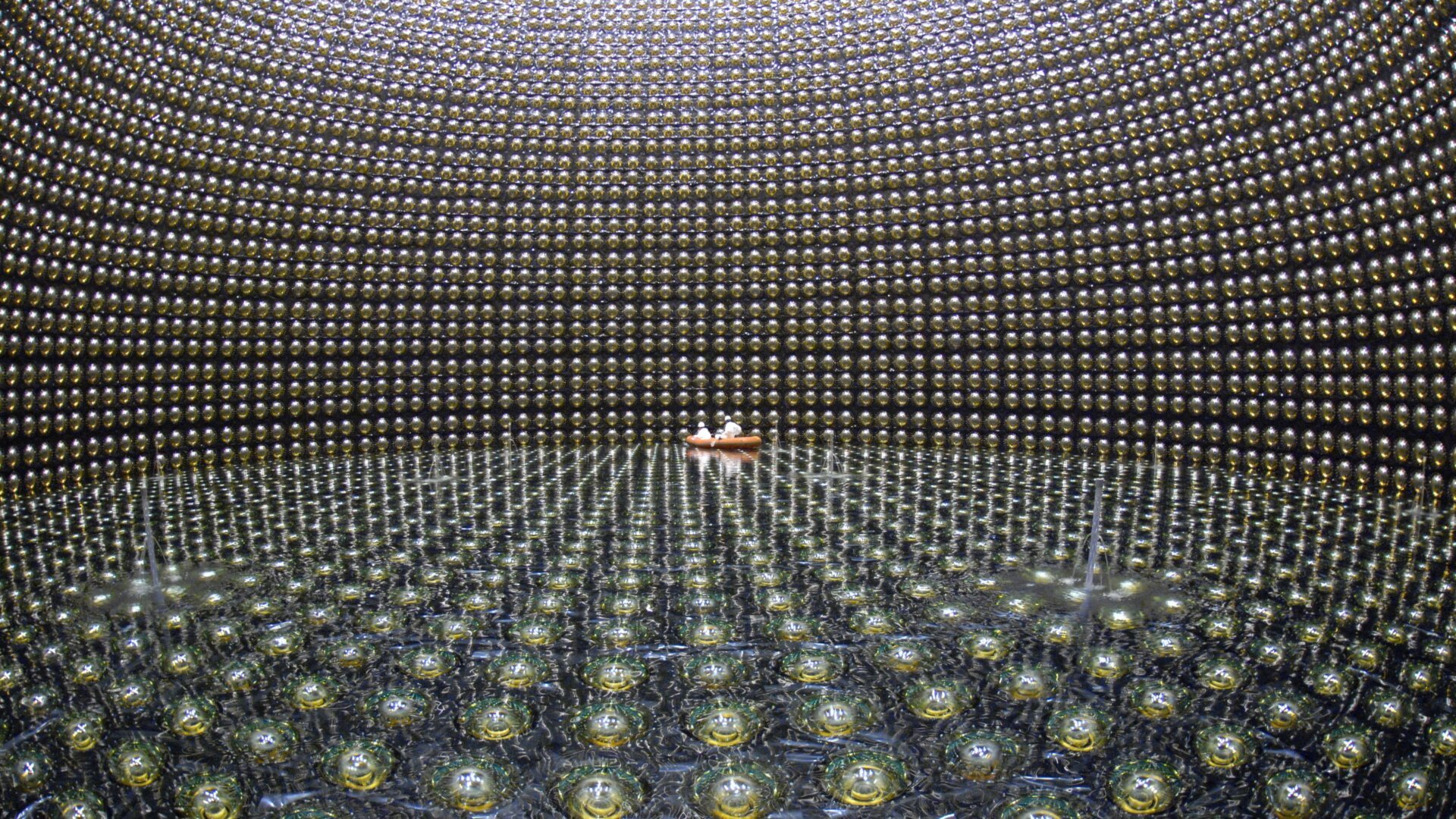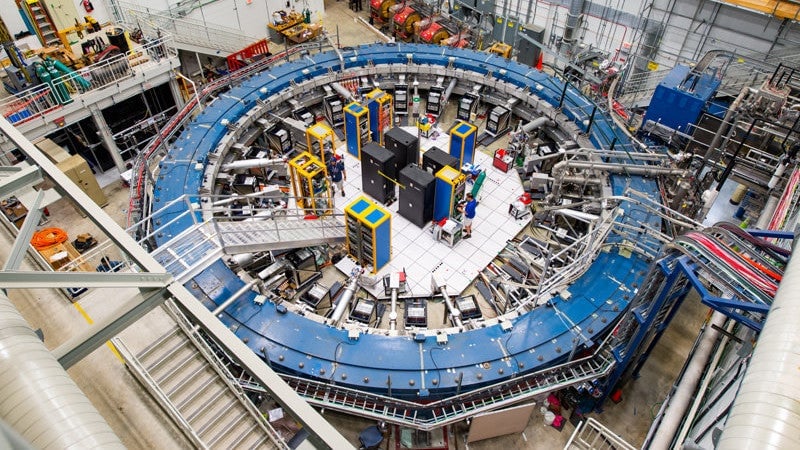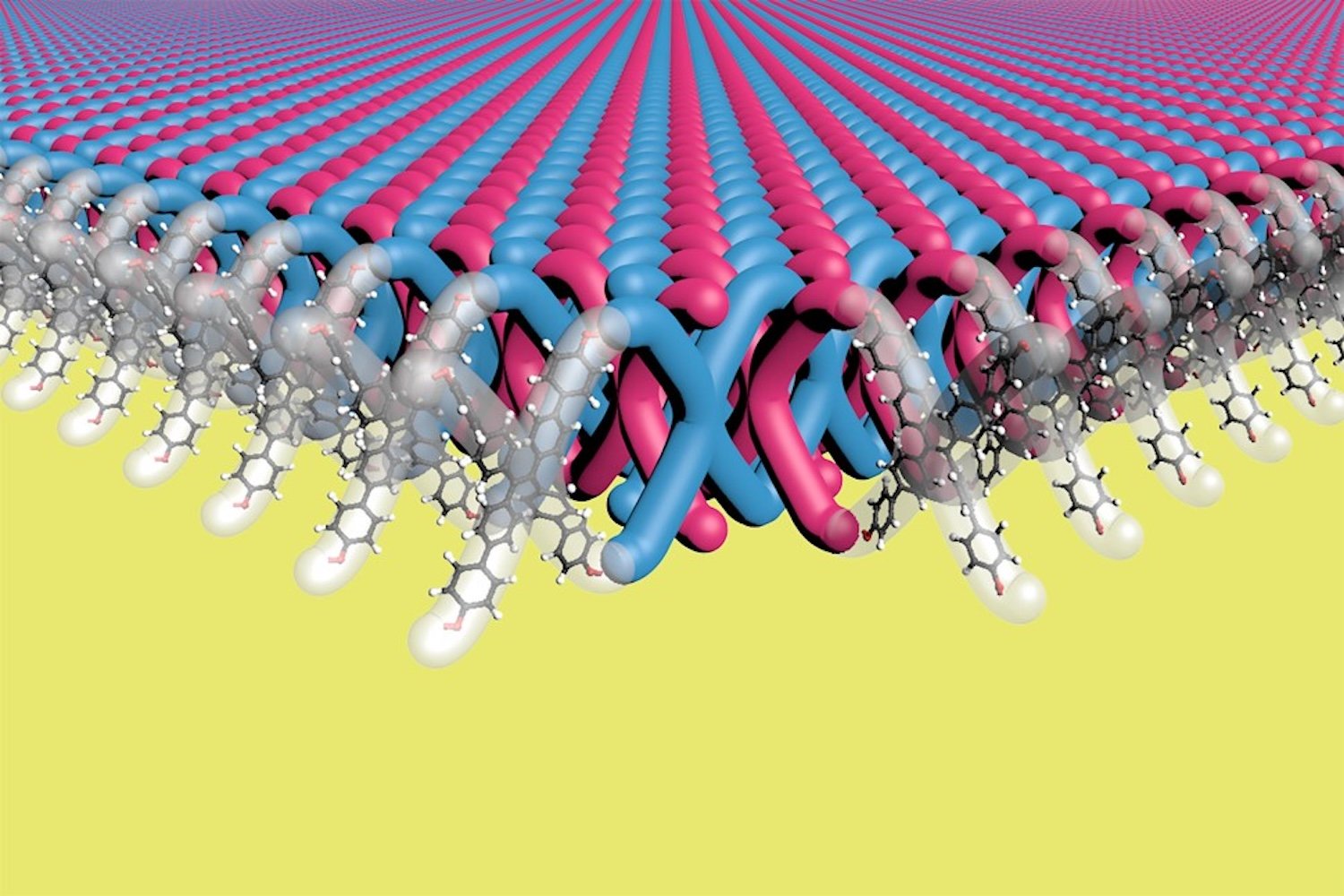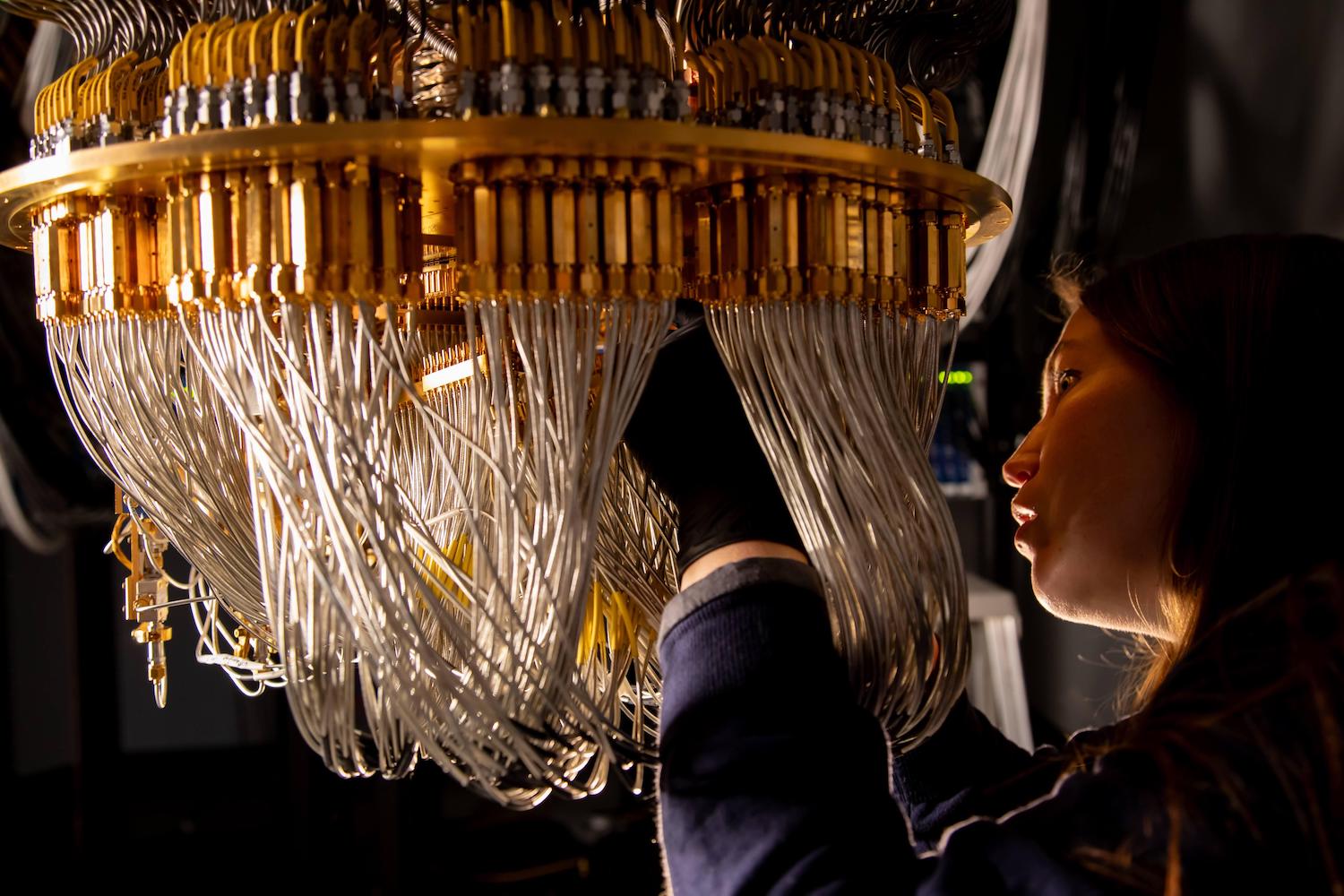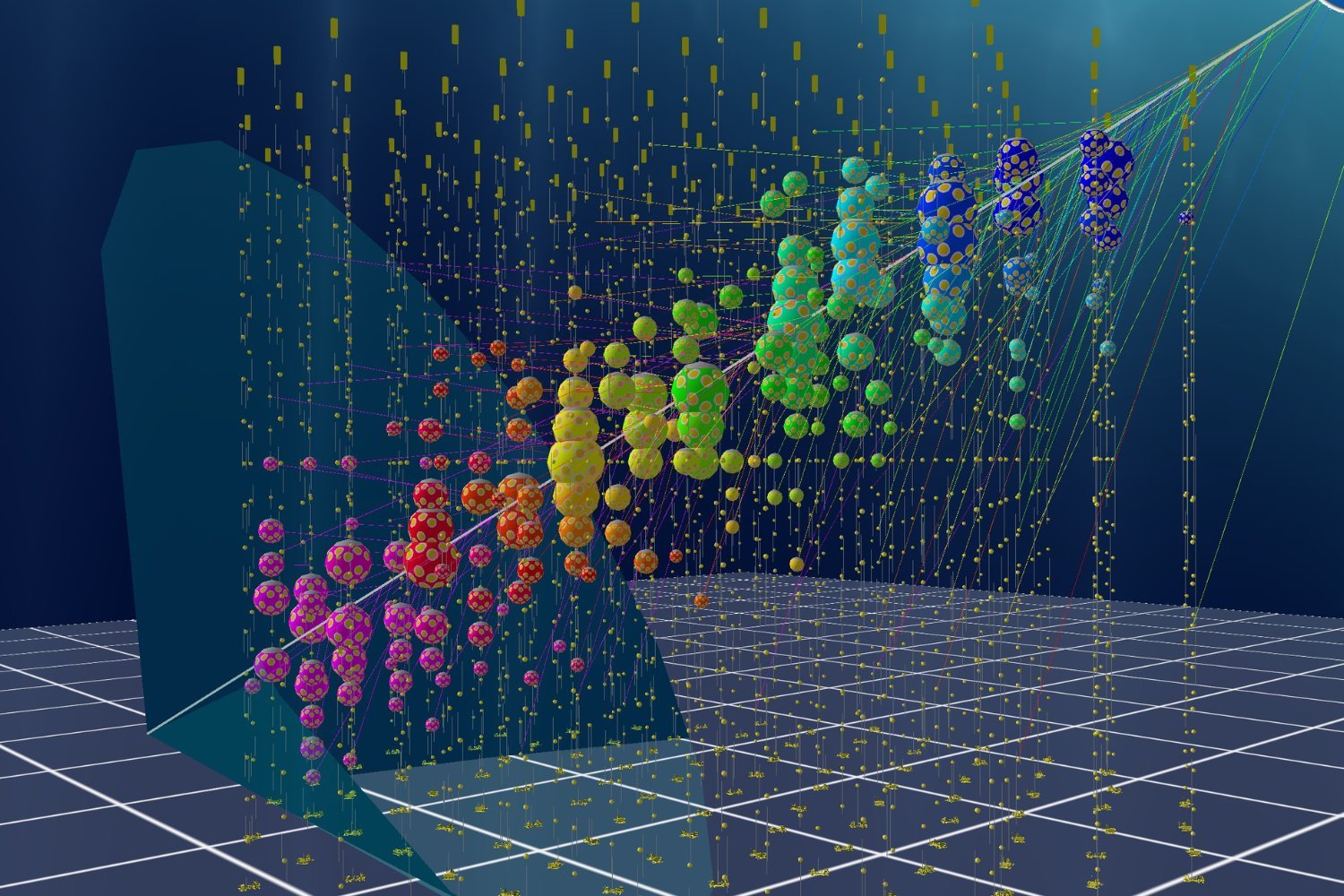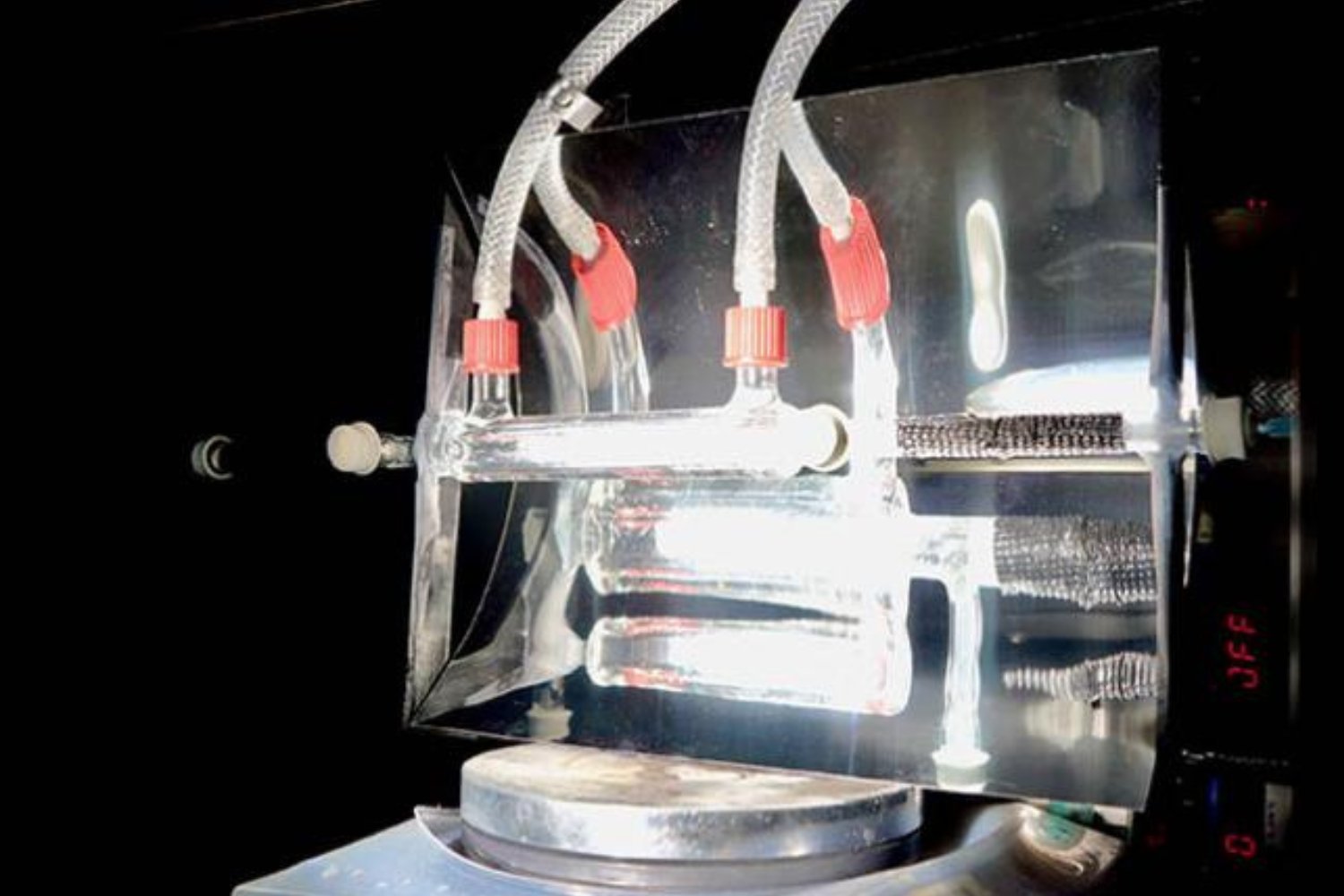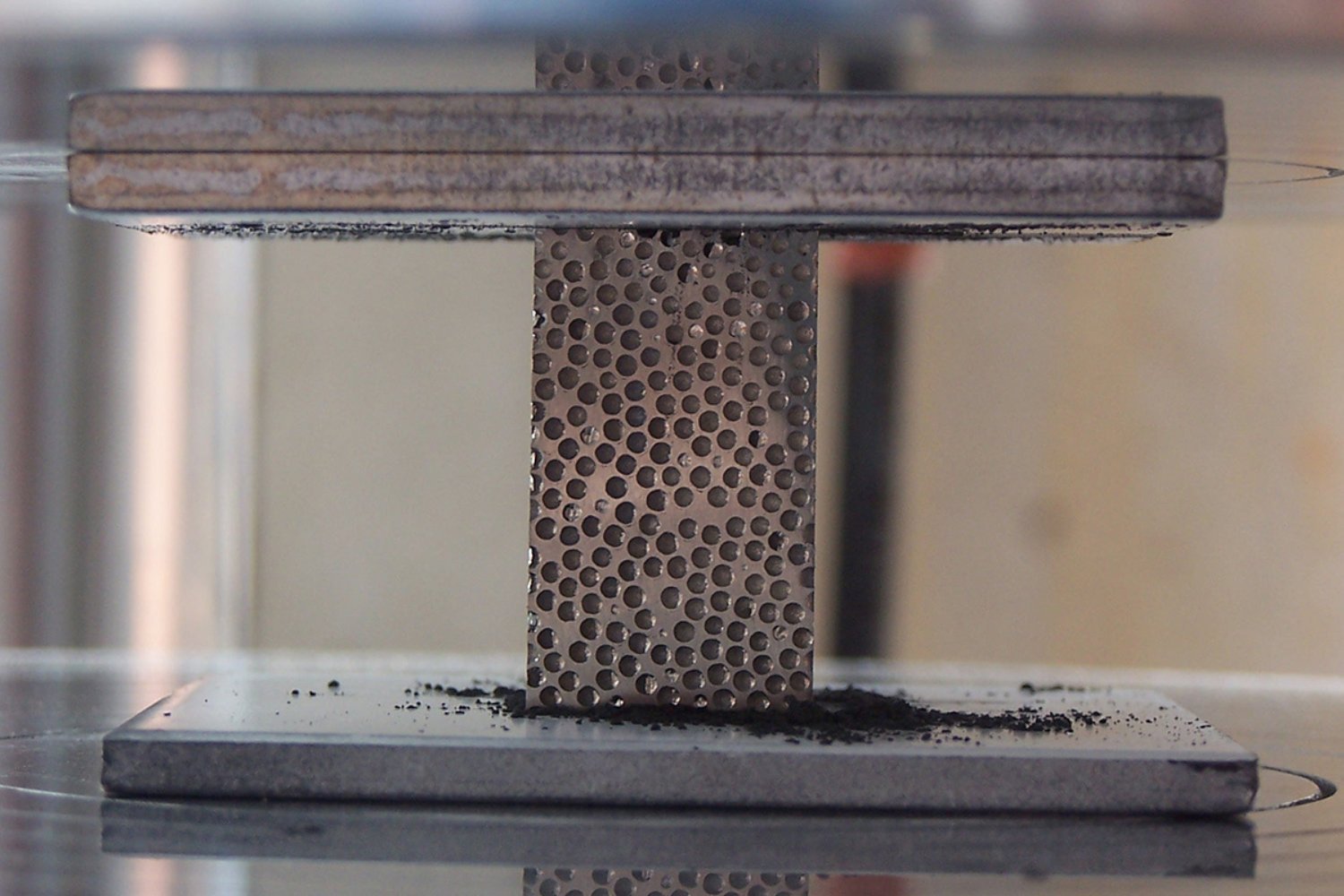The universe presents a perplexing puzzle: Where did all the antimatter go? Every particle of matter has a corresponding antimatter counterpart, equal in mass but opposite in charge. Yet, our universe is dominated by matter. A decade-long study from the T2K collaboration in Japan offers tantalizing clues in the ongoing quest to understand this asymmetry. While not definitive, their research provides significant progress in unraveling this fundamental mystery.
The dominance of matter is a profound question. If matter and antimatter were truly identical, they would have annihilated each other, leaving only photons. Decades ago, physicist Andrei Sakharov proposed three conditions to explain this matter surplus. One key condition, CP-symmetry violation, describes processes that behave differently between particles and their antiparticles. While CP violation has been observed in quarks (components of protons and neutrons), it’s insufficient to explain the observed matter dominance. The focus has now shifted to leptons, a particle class including electrons and neutrinos.
The T2K experiment, based in Japan, investigates CP violation in neutrinos. A particle accelerator generates a beam of muon neutrinos, which are then measured by a near detector. The beam travels through the Earth to the Super-Kamiokande detector, a massive tank of water equipped with sensitive sensors, located nearly 300 kilometers away. Scientists measure how many muon neutrinos transform into electron neutrinos via neutrino oscillation. The process is then repeated with muon antineutrinos, comparing the two results.
The experiment’s results are expressed as a CP phase angle. A value of 0, 180, or -180 degrees indicates no CP violation. Any other value suggests a difference in behavior between neutrinos and antineutrinos. This new study strongly disfavors a large range of angles, including zero, but not 180. The data suggests a CP phase around -90 degrees, indicating maximal CP violation. While this hints at significant differences between neutrinos and antineutrinos, it’s not conclusive proof.
This research represents a pivotal step. For the first time, strong constraints have been placed on the CP phase of leptons through neutrino oscillation measurements. While the statistics lean towards CP violation in neutrinos, more data is needed. Critically, the study demonstrates the potential of future experiments like LBNF/DUNE and Hyper-Kamiokande to provide more definitive answers in the coming decade. These advanced experiments, with their enhanced beams and detectors, will accelerate data collection significantly.
Beyond CP violation, two more of Sakharov’s conditions remain: lepton and baryon number violation. These involve changes in fundamental numbers describing neutrinos and protons, such as proton decay or neutrino self-annihilation. Even if all three conditions are confirmed, theorists must still develop a model explaining how these deviations lead to the observed matter-antimatter asymmetry. Observing CP violation and lepton number violation in leptons would suggest their role in this cosmic imbalance.
The quest to understand the universe’s matter dominance continues. This recent research marks a significant stride, pointing towards a future where neutrinos may hold the key to unlocking this profound mystery. While not a complete revelation, it’s a crucial piece of the puzzle, paving the way for future discoveries.



